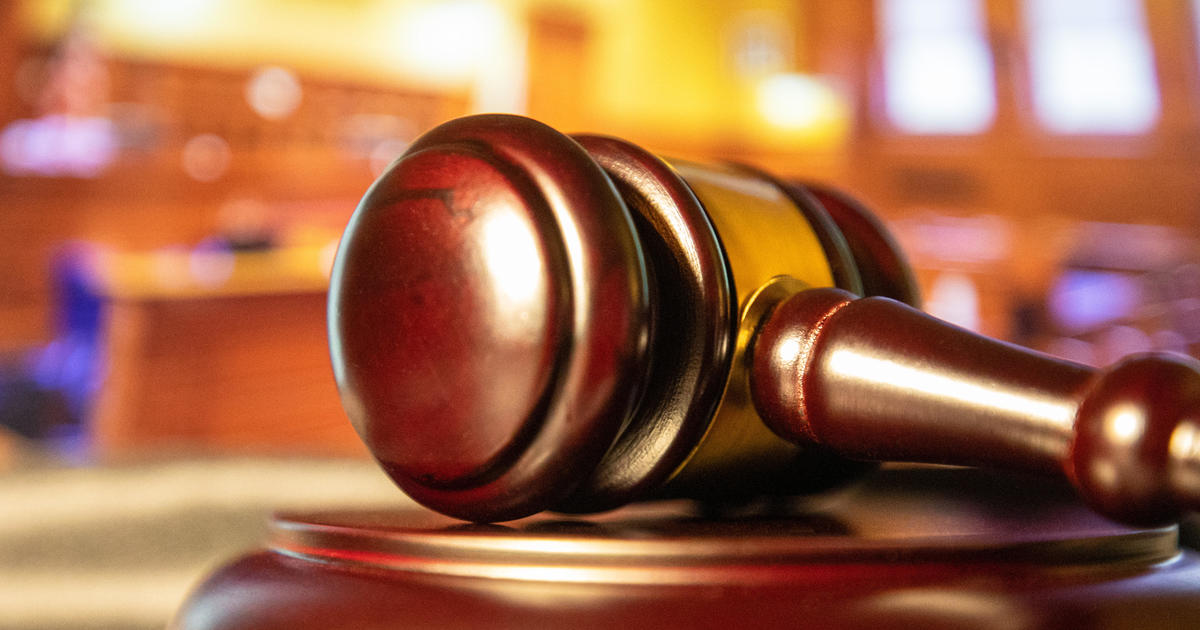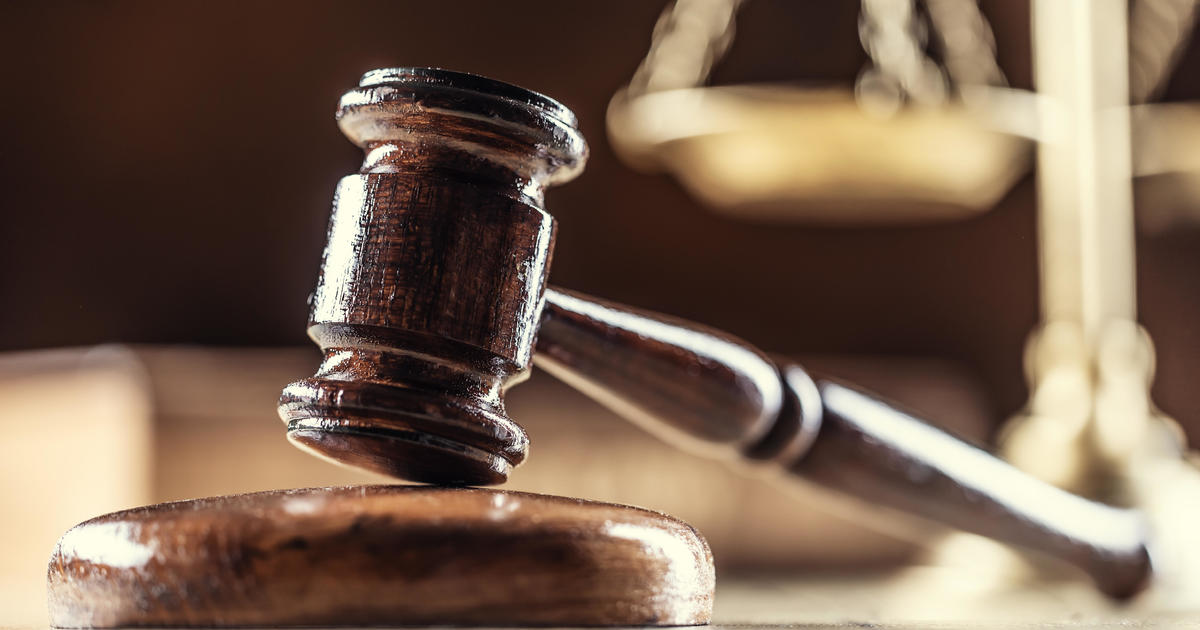Crews Out To Re-mark All Property In Michigan
DETROIT (AP) - It took about 40 years to finish the original survey of Michigan land in the 1800s, but the program to find and restore or replace the monuments that marked property lines may take longer. It's all about finding corners.
In the first survey, cedar posts, rocks and gun barrels - whatever was available - were used to mark corners. They are critical reference points for determining private property lines, road placement and township boundaries.
Over time, many of those monuments have rotted or disappeared, often during road construction.
Today, surveyors put metal or concrete monuments in the ground to mark the corners.
In 1993, when the program to resurvey the state was pitched, it was a 20-year effort. Today, based on the pace of the last 18 years, one expert estimates it could take 50 years to finish.
"It's horribly underfunded," said Joe Kapelczak, the surveyor in charge of Oakland County.
Kapelczak said the $5.3 million approved for the program this year is about $15 million short.
The program is funded from fees collected when documents such as mortgages are recorded at register of deeds offices. Those fees are now $4 for each document, but are scheduled to drop to $2 in 2023.
Knowing property corners is crucial, said Julie DeBoer, executive director of the Michigan Society of Professional Surveyors.
"The whole system of land ownership is built on that," she said.
Surveyors blame the slow pace of the state's first survey of land since the 1800s on the economy.
With fewer documents recorded at register of deeds offices, less money is generated from the recording fees that pay for the program.
"The funds haven't been there," said Chris Beland, the director of the Office of Land Survey and Remonumentation.
But surveyors also cite a $15-million transfer from the fund to the state's general fund in 2006 to shore up the state budget as part of the problem. A 2009 report to the Legislature on re-monumentation - the most recent available - said $116 million had been deposited into the re-monumentation fund since its inception, and $105 million had been disbursed.
To boost the program, Julie DeBoer, executive director of the Michigan Society of Professional Surveyors, and Barry County Surveyor Brian Reynolds met with Lt. Gov. Brian Calley in early August to gauge interest in a possible recording fee increase to support the program, she said.
Kapelczak, the Oakland County surveyor, said it's important to speed up the process.
"A lot of the corners are becoming lost corners" because of age, he said.
The size of the project is hard to comprehend.
Michigan has about 300,000 property corners. Exactly how many are left to be re-monumented is unknown, although the state expects each county to supply its number when it applies for its 2013 grant. Counties in metro Detroit and Kent County, home to Grand Rapids, are farthest along.
When people think of surveyors, names such as George Washington and Daniel Boone may come to mind. And, according to Macomb County surveyor Martin Dunn, survey tools hadn't changed that much until recent years as measuring chains gave way to Global Positioning System units.
Dunn, a third-generation surveyor whose sons and brother work with him at Great Lakes Geomatics in Warren, has been aggressively pushing re-monumentation in Macomb County.
Most of the county is done, except for the Ford Proving Grounds in Bruce Township and private claims along Lake St. Clair, which - unlike the neat, grid system that covers most of Michigan - tend to be long slivers of land jutting from the water. Those private claims generally predate the 1815 survey.
Dunn said re-monumentation involves significant research because surveyors seek the original monuments - or the location where they should be if they're missing.
In place of the old markers, many destroyed and removed, survey crews working on re-monumentation in Macomb County place metal rods with aluminum caps every half mile. They use concrete monuments in farms or subdivisions.
But the program is not just about finding old monuments. In addition to a 20-year maintenance program, where survey crews must return to check monuments to make sure they are not lost, specific coordinates of the markers are being collected for a state database.
Nicole Perry, 68, of Bliss Township in northern Michigan's Emmet County, considers a dispute that arose in 1989 after the state Department of Natural Resources completed a program similar to re-monumentation, an example of what can go wrong for average landowners.
The change led to a flap with a neighbor over 2 acres that he tried to claim. She reached a settlement to maintain control of the area.
"It ended up costing me about $4,000 to fight for my front yard," she said, noting that other landowners could face similar problems.
Macomb County historian Don Green said problems may arise because some of the survey work from the 1800s was inaccurate.
But ultimately, supporters say the program is expected to reduce disputes.
"It should, in the long run, clarify and clear up possible discrepancies," said Beland, the director of the Office of Land Survey and Remonumentation.
DeBoer, the executive director of the surveyors society, noted that the goal of re-monumentation "is getting something in the ground that's going to be used again and again."
Copyright 2011 by The Associated Press. All Rights Reserved.



